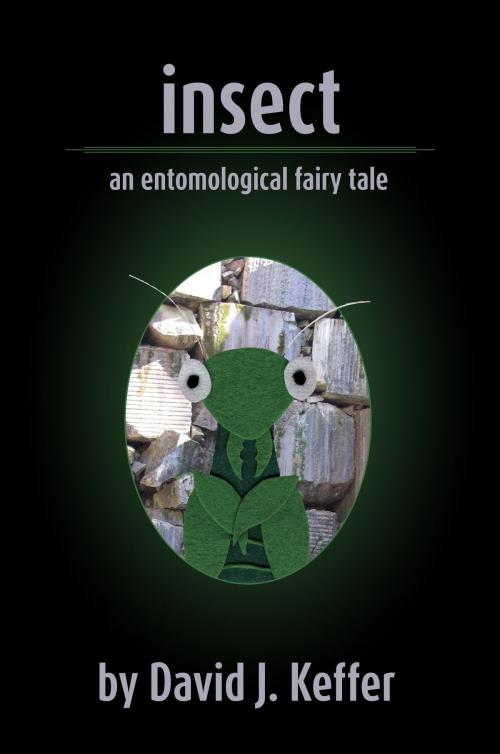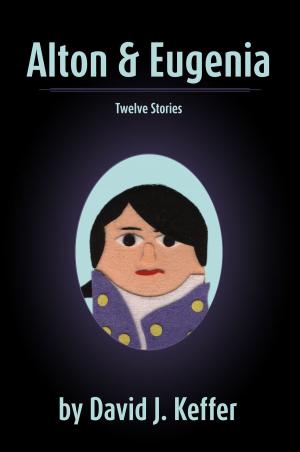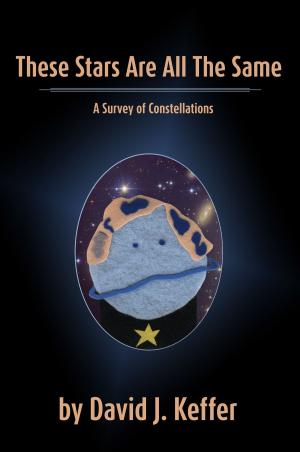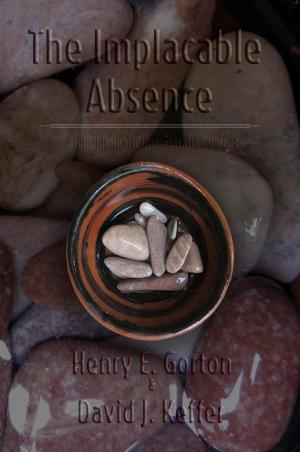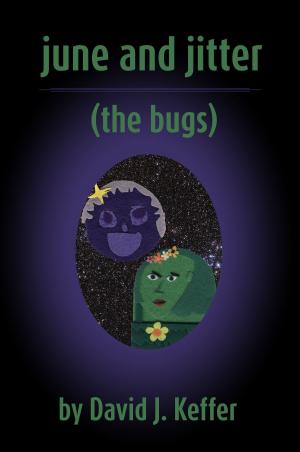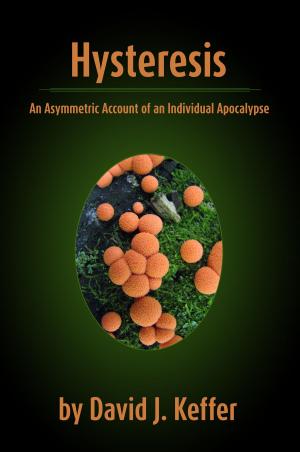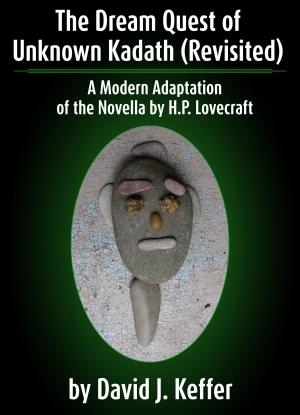| Author: | David Keffer | ISBN: | 9781301137268 |
| Publisher: | David Keffer | Publication: | April 1, 2013 |
| Imprint: | Smashwords Edition | Language: | English |
| Author: | David Keffer |
| ISBN: | 9781301137268 |
| Publisher: | David Keffer |
| Publication: | April 1, 2013 |
| Imprint: | Smashwords Edition |
| Language: | English |
Ethnographers travel to distant lands to collect and study fables and fairy tales in order to better understand existing peoples and their culture. Archeologists must be content to study bone and stone, in order to better understand a people now gone. Surely, an archeologist frequently thinks to herself, “I wonder what these people were like?” Perhaps every once in a blue moon that archeologist even chances to think, “Wouldn’t it be a fine thing to hear a fairy tale from the people who lived within this buried city?” If such a thought can be imagined for a people who have disappeared, think of how much more precious would be the fairy tale of a people who not only no longer exist at the present time but who never existed at all, in this world or in any other. A reasonable soul might consider that such a rare object as that fairy tale would undoubtedly be prized as a cultural treasure of untold rarity and significance. That gentle soul would be wrong, their chain of logic broken along one of its innumerable links, the fairy tale released to flee and dissolve in the atmosphere, it’s molecules dispersed to far corners of the Earth.
The author of “insect: an entomological fairy tale” scoured the globe and collected those molecules. He assembled the molecules into words and ordered those words in a sequence that seemed best to him though there can be little doubt that this sequence corresponds only peripherally to the original fairy tale. It is the best that can be done, since the culture that created the fairy tale is both absent and imagined.
Trapped within a palace following a holocaust, the inhabitants—two queens, one dysfunctional and the other petulant, an angry gardener, a lovelorn soldier, a merry jester, an astral-plane-traveling court magician, a distraught court minstrel and an oracle who hides in the dungeons behind the boiler—seek to make sense of their existence and develop relationships that will allow them to survive in their post-apocalyptic isolation. The memory of the King haunts the palace and animates the denizens who dwell on the palace grounds, including 33 gargoyles, a host of dryads and zombies, a stone goat named Degtyaryov, a wishing well minnow named Hieronymus and a snail named Jesus. If the aftermath of the apocalypse doesn’t consume the palace inhabitants, then perhaps the ambiguous workings of the King will suffice.
“insect: an entomological fairy tale” was written from June to July, 1993, in the summer of the author's first year in graduate school at the University of Minnesota. It is a relatively early work from a person who found a frivolous joy in the act of writing composition and who no longer exists. The absurd influence of Donald Barthelme is both obvious and intentional.
“insect: an entomological fairy tale” contains the only known instance of an aggegration of five coupled sonnets in which each of the 70 lines rhymes with every other line, an abomination against good taste by all accounts.
Ethnographers travel to distant lands to collect and study fables and fairy tales in order to better understand existing peoples and their culture. Archeologists must be content to study bone and stone, in order to better understand a people now gone. Surely, an archeologist frequently thinks to herself, “I wonder what these people were like?” Perhaps every once in a blue moon that archeologist even chances to think, “Wouldn’t it be a fine thing to hear a fairy tale from the people who lived within this buried city?” If such a thought can be imagined for a people who have disappeared, think of how much more precious would be the fairy tale of a people who not only no longer exist at the present time but who never existed at all, in this world or in any other. A reasonable soul might consider that such a rare object as that fairy tale would undoubtedly be prized as a cultural treasure of untold rarity and significance. That gentle soul would be wrong, their chain of logic broken along one of its innumerable links, the fairy tale released to flee and dissolve in the atmosphere, it’s molecules dispersed to far corners of the Earth.
The author of “insect: an entomological fairy tale” scoured the globe and collected those molecules. He assembled the molecules into words and ordered those words in a sequence that seemed best to him though there can be little doubt that this sequence corresponds only peripherally to the original fairy tale. It is the best that can be done, since the culture that created the fairy tale is both absent and imagined.
Trapped within a palace following a holocaust, the inhabitants—two queens, one dysfunctional and the other petulant, an angry gardener, a lovelorn soldier, a merry jester, an astral-plane-traveling court magician, a distraught court minstrel and an oracle who hides in the dungeons behind the boiler—seek to make sense of their existence and develop relationships that will allow them to survive in their post-apocalyptic isolation. The memory of the King haunts the palace and animates the denizens who dwell on the palace grounds, including 33 gargoyles, a host of dryads and zombies, a stone goat named Degtyaryov, a wishing well minnow named Hieronymus and a snail named Jesus. If the aftermath of the apocalypse doesn’t consume the palace inhabitants, then perhaps the ambiguous workings of the King will suffice.
“insect: an entomological fairy tale” was written from June to July, 1993, in the summer of the author's first year in graduate school at the University of Minnesota. It is a relatively early work from a person who found a frivolous joy in the act of writing composition and who no longer exists. The absurd influence of Donald Barthelme is both obvious and intentional.
“insect: an entomological fairy tale” contains the only known instance of an aggegration of five coupled sonnets in which each of the 70 lines rhymes with every other line, an abomination against good taste by all accounts.
